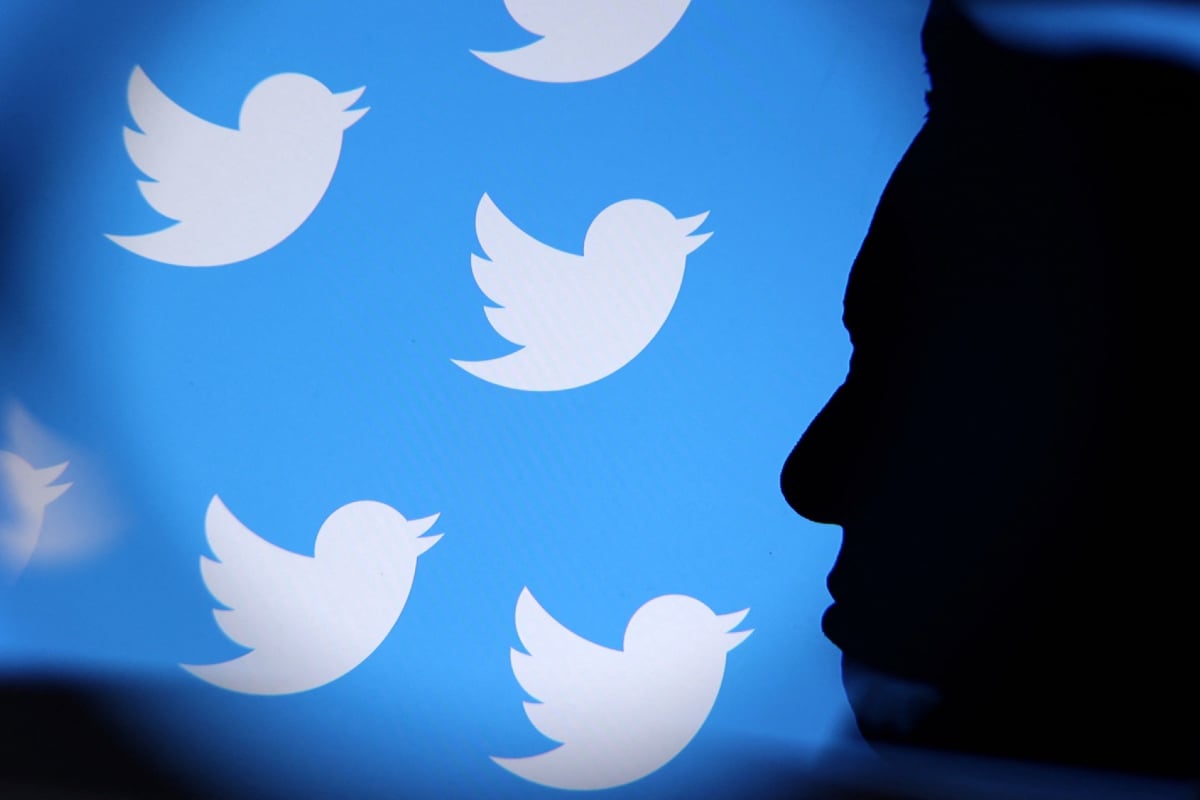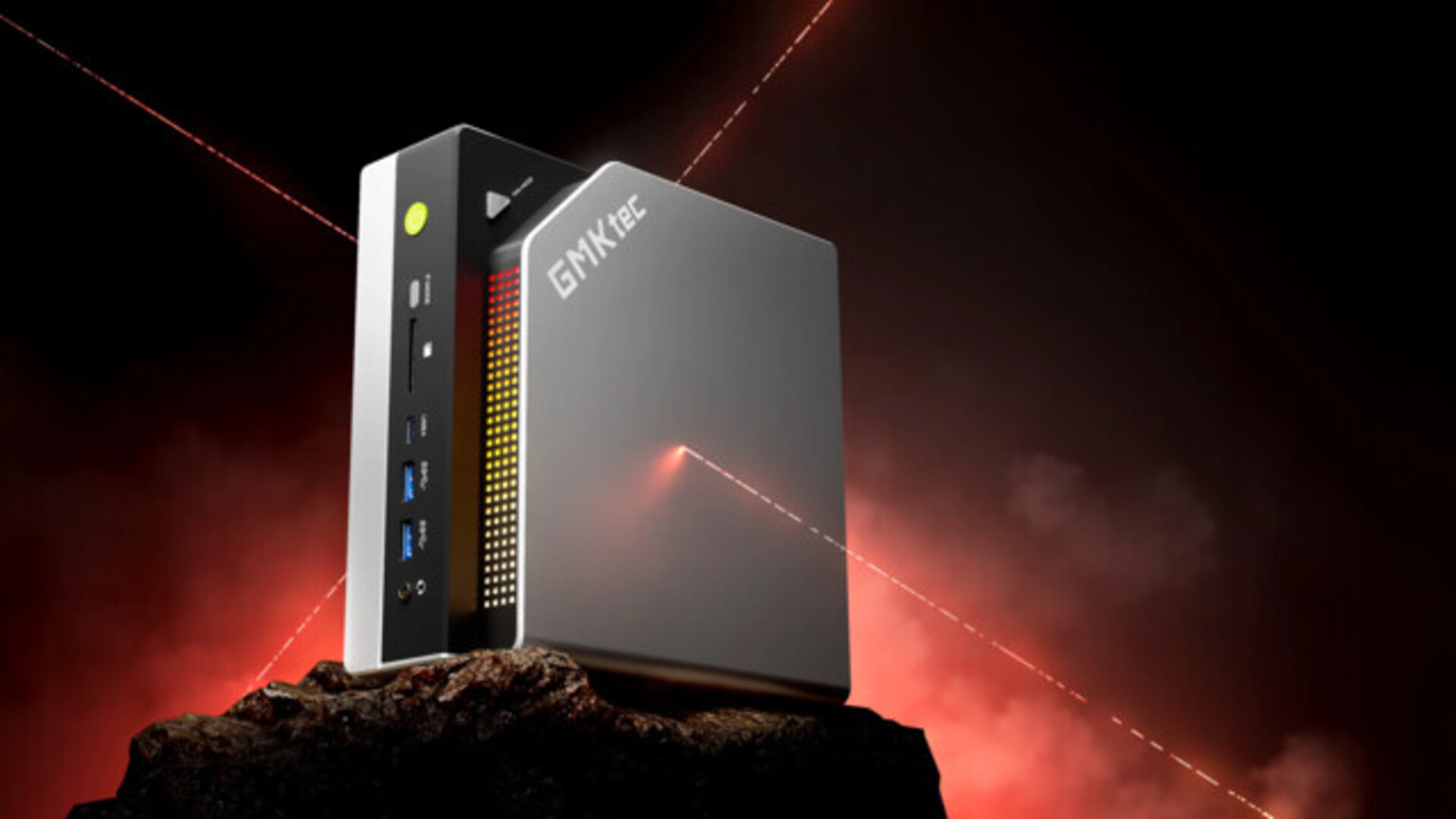What you see in your feed on Twitter is changing. But how?
The new owner of the social media platform Elon Muskhas attempted to prove that officials from the previous leadership team allegedly quashed right-wing voices by allowing select journalists access to some of the company’s internal communications, titled “The Twitter Files.”
This week Musk dissolved a key advisory group, the Trust and Safety Council, made up of dozens of independent civil, human rights and other organizations. The company established the council in 2016 to address hate speech, harassment, child exploitation, suicide, self-harm and other issues on the platform.
What do the developments mean for what appears in your feed every day? For one, the moves show that Musk prioritizes improving perceptions of Twitter in the US political right. He promises not so much unrestricted freedom of speech as a shift in messages, reinforced or hidden.
What are the Twitter files?
Musk bought Twitter for US$44 billion (about Rs.3.37.465 billion) in late October and has since worked with a group of handpicked journalists including former Rolling Stone writer Matt Taibbi and opinion columnist Bari Weiss. Earlier this month, they began publishing — in the form of a series of tweets — about actions Twitter had previously taken against accounts believed to have violated its content rules. They’ve included screenshots of emails and message board comments that reflect internal conversations within Twitter about those decisions.
Weiss wrote on December 8 that “authors have broad and growing access to Twitter’s files. The only stipulation we agreed to was that the material be published first on Twitter.”
Weiss on Monday published the fifth and most recent episode of the talks that led to Twitter’s January 8, 2021 decision to shut down then-President Donald Trump’s account “due to the risk of further incitement to violence” in the wake of the deadly U.S. to permanently lock down the Capitol two days earlier. The internal filings show that at least one unnamed employee doubts that one of the tweets was an incitement to violence; it also shows executives’ reaction to an advocacy campaign by some employees urging tougher action on Trump.
What is missing?
Musk’s Twitter files reveal some of the internal decision-making processes, mostly involving right-wing Twitter accounts that the company has violated its rules against hateful behavior, as well as those that violate the platform’s rules against the spread of harmful misinformation about COVID-19 have violated.
But the reports are largely based on anecdotes from a handful of high-profile accounts, and the tweets don’t reveal numbers on the extent of the bans and which views were more affected. The journalists appear to have full access to the company’s Slack messaging board – visible to all employees – but have relied on Twitter executives to deliver other documents.
The Twitter files mention shadowbanning. What is that?
In 2018, after then-CEO Jack Dorsey said Twitter would focus on the “health” of conversations on the platform, the company outlined a new approach aimed at reducing the impact of disruptive users or trolls by ” Behavioral Signals” that tend to indicate when users are more interested in blowing up conversations than contributing.
Twitter has long said it uses a technique it calls “visibility filtering” internally to reduce the reach of some accounts that may violate its rules but don’t reach the level of a ban. But it denied allegations that it had secretly “shadowed” conservative views.
Screenshots showing an employee’s view of prominent user accounts exposed through the Twitter files show how this filtering works in practice. It has also prompted Musk to call for changes to make this more transparent.
“Twitter is working on a software update that will show your true account status so you’ll know exactly if you’ve been banned, why, and how to appeal,” he tweeted.
Who is monitoring posts on Twitter now?
Musk fired about half of Twitter’s employees after buying the platform and later eliminated an unknown number of contract workers who had focused on content moderation. Some workers who were retained soon resigned, including Yoel Roth, Twitter’s former head of trust and safety.
The departure of so many employees raised questions about how the platform could enforce its policies against harmful misinformation, hate speech, and threats of violence, both within the US and around the world. Automated tools can help identify spam and some suspicious accounts, but others require more careful human verification.
It’s likely the cuts will force Twitter to focus content moderation efforts on regions with stricter regulations for social media platforms, like Europe, where tech companies could face hefty fines under the new Digital Services Act if they make no effort to combat misinformation and hate speech, according to Bhaskar Chakravorti, dean of global business at Tufts University’s Fletcher School.
“Staff has been decimated,” Chakravorti said. “The few remaining content moderators will focus on Europe because Europe is the squeakiest wheel.”
Was there an impact?
Since Musk bought Twitter, a number of researchers and advocacy groups have pointed to an increase in posts containing racial epithets or attacks on Jews, gays, lesbians and transgender people.
In many cases, the posts were written by users who said they were trying to test Twitter’s new frontiers.
According to Musk, Twitter acted quickly to reduce overall post visibility and overall preoccupation with hate speech has fallen since he bought the company, a finding disputed by researchers.
The most obvious sign of change at Twitter is the formerly suspended users whose accounts have been restored, a list that includes Trump, satirical site The Babylon Bee, comedian Kathy Griffin, Canadian psychologist Jordan Peterson and, before he was sacked again, Ye . Twitter has also reinstated accounts of neo-Nazi white supremacists, including Andrew Anglin, creator of the white supremacist website Daily Stormer — along with QAnon supporters whom Twitter’s old guard removed en masse to prevent hatred from spreading and spreading misinformation on the platform.
Additionally, some high-profile tweeters like Republican Rep. Marjorie Taylor Greene, who were previously banned for spreading misinformation about COVID-19, have again made misleading claims about vaccine safety and bogus cures.
Musk, who has himself made false claims about COVID-19, returned this week with a tweet on the subject mocking transgender pronouns while pursuing criminal charges against Dr. Anthony Fauci, the nation’s top infectious disease expert and one of the leaders of the nation’s COVID response.
Musk describes himself as a “free speech absolutist” and said he wants to allow all legal content on Twitter, but also wants to demote negative and hateful posts. not freedom of reach” suggests that Twitter leave such content open without recommending or expanding it to other users.
But after shutting down most of Twitter’s policymakers and outside advisers, Musk often seems to be the arbiter of what crosses the line. Last month, Musk himself announced that he would be booting Ye after the formerly well-known rapper Kanye West posted an image of a swastika merged with a Star of David, a post that was not illegal but was deeply offensive. The move prompted questions about what rules govern what can and cannot be posted on the platform.





